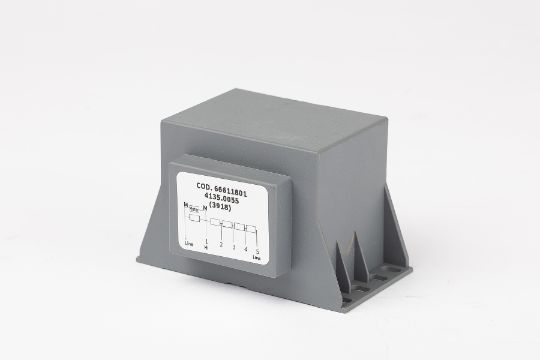HVAC Motor Speed Controllers
We keep a large volume of fan coil components in our warehouse in Moscow, choose a direction and order on the website, or call us and we will select spare parts for you
WHAT IS THE REGULATOR NEEDED
FAN SPEED
The fan speed controller is used to turn on / off, as well as control the rotation of single-phase electric motors. At the same time, it is possible to control the operation of several devices at the same time. But this is only permissible if the total current consumption is within the parameters inherent in the regulator.
MAIN
PECULIARITIES
The body of the regulator is most often made of plastic. This device adequately copes with the control of the electric motor, allowing you to adjust the speed of the blades. By reducing the power, the force of air circulation is reduced. The speed setting is done manually. A special switch is provided for this.

FAN SPEED REGULATORS: PURPOSE, TYPES, CHARACTERISTICS
The speed of rotation of the fan impeller affects all its parameters without exception - energy, hydrodynamic, noise, as well as the service life and safety of operation.
WHY CHANGING ENGINE SPEED IN HVAC SYSTEMS
In addition to setting the most favorable modes (for example, in terms of efficiency or performance / noise ratio), adjusting the speed of climate technology fans is also required for ergonomic and even medical reasons. A high-speed air stream is in many ways similar to a draft and is just as "useful" to a person. Maximum system performance is usually required for accelerated ventilation in the absence of people. The staff, who is constantly under the fan coil or the air intake of the hood, is much better with more heating / cooling of the air, but at a lower speed.
It is also sometimes necessary to detune literally by a certain percentage from the resonant frequency. The vibration of air ducts and other objects is not only discomfort, but also their accelerated destruction.
METHODS FOR CONTROLLING THE ROTATION SPEED OF THE ELECTRIC MOTOR
Collector machines of both direct and alternating current are not used in fans of HVAC systems. As well as asynchronous ones with a phase rotor, which also need a brush mechanism. We also do not consider rarely used stepper motors, since their control circuits themselves always provide the ability to adjust the speed - with a built-in or remote potentiometer, as well as a special control voltage (most often 0-10 V).
For the main squirrel-cage AC motors in this application, there are three types of speed controllers:
- triacs (cheap, compact and lightweight, providing smooth adjustment, but low speed stability and increased noise);
- transformer (very reliable and economical, but allowing only discrete switching);
- frequency converters (complex and expensive, but the most modern, as a rule, combining the functions of various protections, programming, diagnostics, etc.).
WHAT CHARACTERISTICS OF THE REGULATOR SHOULD BE CONSIDERED WHEN PURCHASING IT
First of all, any control device must have a power equal to or slightly greater than the power of the electric motor used. Technically, in this case, the reserve is only for the benefit, but the surplus is not economically profitable: the price of any equipment is proportional to its material consumption, and the latter directly depends on the power.
The type itself, the principle of operation, must also correspond. In particular for AC motors, we pay attention to the number of phases.
Discreteness / smoothness of adjustment and other consumer conveniences are chosen not so strictly, based on specific situations. The necessary modes, conditions in the room (for example, whether the backlight on the remote control is needed), and the qualifications of users are taken into account. If parts of the system are outdoors, the climatic version matters.
And of course, all local "everyday" circumstances should be taken into account. For example, you should not buy a regulator for ages if the engine itself is already in a deplorable state (and a new control device may be required for a new one) or just a room is rented and it is not known what will happen tomorrow. And vice versa, when it is planned to expand the usable areas or, for another reason, to branch and increase the air channels with the installation of a fan of the appropriate performance, the regulator can be bought in advance with a large power reserve. And other similar nuances.
Fancoil Motors provides an opportunity to buy from a warehouse in Moscow or order in an almost unlimited range of speed controllers for a single- or three-phase electric motor for fans of various types and capacities - both in the form of special stand-alone units, and built into common control boards for fan coil units, air conditioners, etc. climate technology with any remote control systems or without them (but with the possibility of integration).
Our specialists will consult free of charge on possible replacements and compatibility of "non-native" units, if they are discontinued or the task is to expand the system functions in comparison with the original ones. For example, install a speed controller where it was not provided by the manufacturer, or when installing a new fan, not purchased in the form of a proprietary kit, but assembled by the customer's technical staff from disparate elements. Finally, how can you repair (bypass) a regulator that has failed on a common control board without buying an expensive new one and without even dismantling the entire board for repair.
